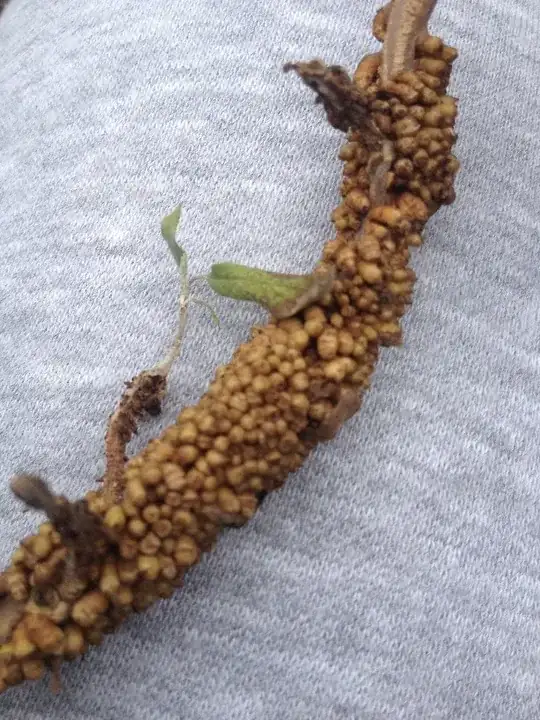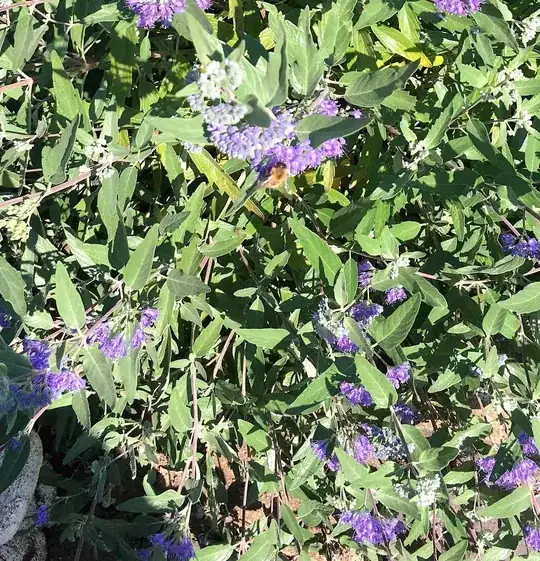Does anyone know what is growing on my miniature lilac? The nodules are all over the stems and first appeared in the late spring. I have tried searching the internet for an answer but the common problems listed for Lilacs don't mention this. The plant is about 5 years old and has been healthy up until this year. It is surviving but hasn't had the show of flowers it usually has. Should I cut it right back, and if so, is now a good time, or should I wait until the spring?
I live in the Midlands region of the UK.


